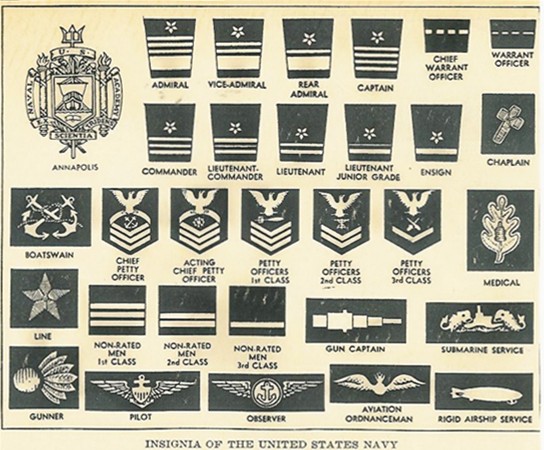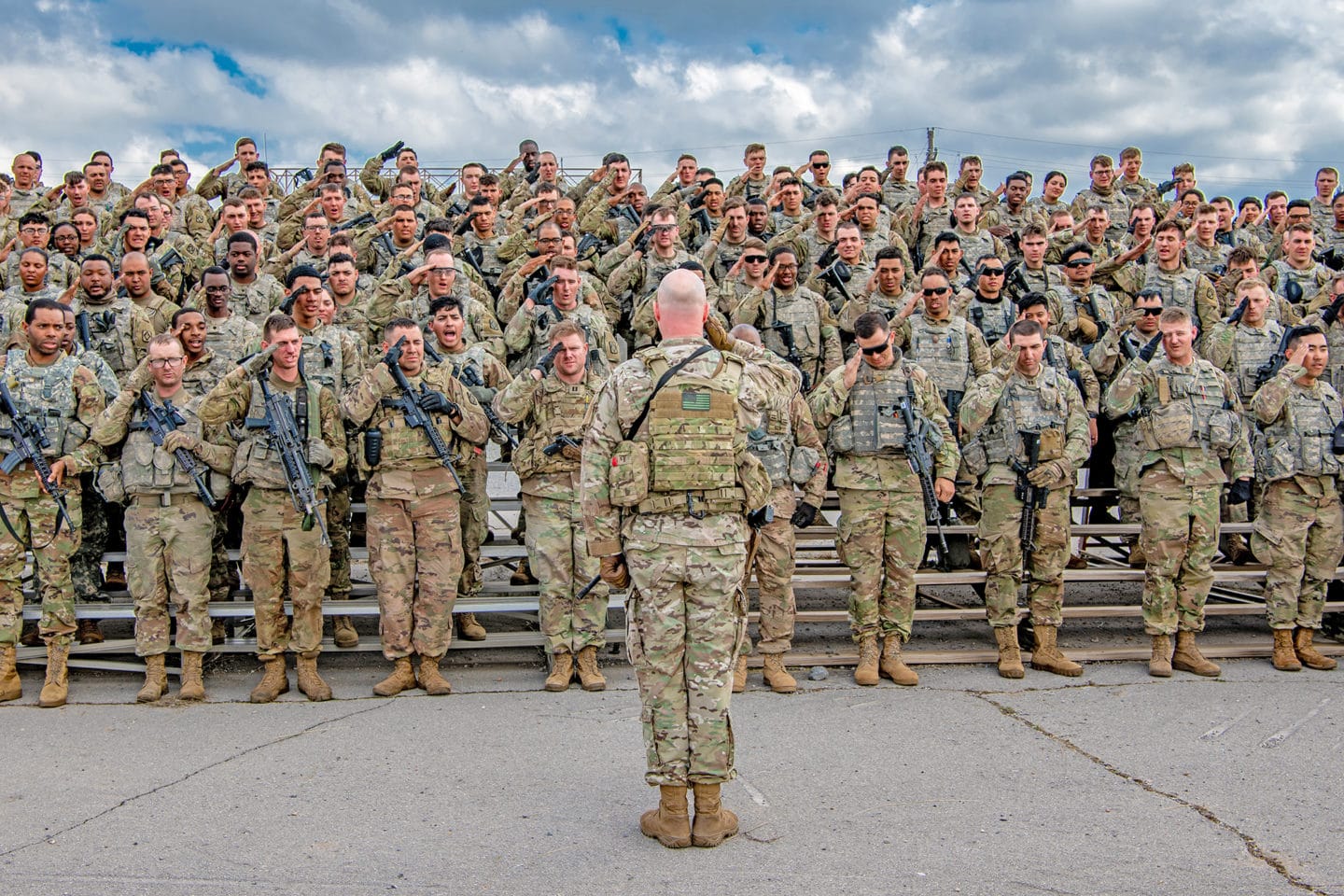
This cargo included four bullocks, one calf, 13 pigs, 300 pounds of hay, two baskets of peas, and three casks of old Hock. During the war with Tripoli, for example, the ketch Intrepid transferred a cargo of fresh provisions to USS Constitution which was engaged in enforcing a continental blockade of the port of Tripoli. However, transfer-at-sea methods were actually used as early as 1804. His cane was an instrument of persuasion which it was said, cured more scurvy than the doctor, made cripples take up their beds and walk, and made the lame skip and run up the shrouds like monkeys.Īs you know, the Boatswain's Mate play an extremely important role in replenishment at sea in today's Navy. It could be heard 120 feet up in the rigging and in the deepest and darkest hold.

His pipe was the sailing ship's PA system. He was assisted by his mates, or Boatswain's Mates, and though it was unlikely that he was unrecognizable, he nevertheless carried a silver Bos'ns pipe and rattan cane that identified his position. He was usually a grizzled old salt who wasn't timid about giving orders and it never occurred to him that they wouldn't be obeyed. The early Boatswain was appointed Warrant, and was among the most important men on board ship. This could have been a colonial recruiting expedient, but at any rate, it had the effect of making more landlubbers sea-conscious and willing to serve in defense of the youthful United States. The Continental Congress back in April 1776, and its "Instruction to Commanders of Privateers" stated "One third, at least, of your whole company shall be landsmen" (that is, men on shipboard with no experience in seagoing). Because of this enlistment practice, the job at hand, rather than career possibilities, was the primary consideration. Also, there were Ordinary Seaman, Loblolly Boy, and Boy, but these are more related to our apprentices of today.ĭuring this period in the history of the new Navy, crews were taken directly from civilian life and enlisted only for the duration of one cruise. These were titles of the jobs that individuals were actually performing and thus became the basis for petty officers and ratings. These included Boatswain's Mate, Quartermaster, Gunner's Mate, Master-at-Arms, Cook, Armorer, Sailmaker's Mate, Cooper, Cockswain, Carpenter's Yeoman, and Yeoman of the Gun Room. The Navy of the United Colonies of the 1775 era offered only a few different jobs above the ordinary seaman level.

The first steamship, the first mine, the first radar, the first torpedo, the first aircraft carrier, and many other "firsts" all established a new era in the Navy, and each had a direct impact on the enlisted occupational structure.Īnd so, after nearly 200 years of evolution, today's Navy enlisted rating structure still plays a key role in career development, serves as a basis for training programs, detailing, advancement, and simply keeping tabs on several hundred thousand Navymen. Marconi, with a new invention, could be considered responsible for the Radioman rating and, the Wright brothers could be called the fathers of aviation ratings.Īs the Navy's rating structure has changed, so too, has the Navy. Fulton could be said to be the father of our engineering ratings, and also responsible for the disestablishment of the Sailmaker rating, for when steam came, sails went, and the Sailmaker rating followed. Ratings come and go as new techniques and equipment are introduced. The Navy's enlisted occupational system of today is a product of continuing evolution during the Navy's almost 200 years of existence. Suggested corrections with photocopies of supporting documentation should be mailed to: Homepage Committee, Naval Historical Center, 805 Kidder Breese Street, Washington Navy Yard, Washington DC 20374-5060. The staff of the Naval Historical Center's Homepage Committee have corrected obvious errors of fact, spelling and grammar in this manuscript, while maintaining the style and flavor of the original text. While the ratings and historical notes referred to in this work are based on factual data extracted from official publications and other historical sources, it is recognized that there may be some discrepancies or omissions. It will also prove helpful in answering many questions that are received at frequent intervals concerning the past enlisted rating structure. Navy has been compiled primarily for use by members of the Rating Review Board which has the responsibility for conducting a continuing study of the enlisted rating structure. This history of ratings and apprenticeships in the U.S. Thanks are especially due to the Staff of All Hands magazine for their outstanding cooperation.

Appreciation is expressed for the cooperation and assistance received from the many persons and organizations that contributed data during the course of this research.


 0 kommentar(er)
0 kommentar(er)
